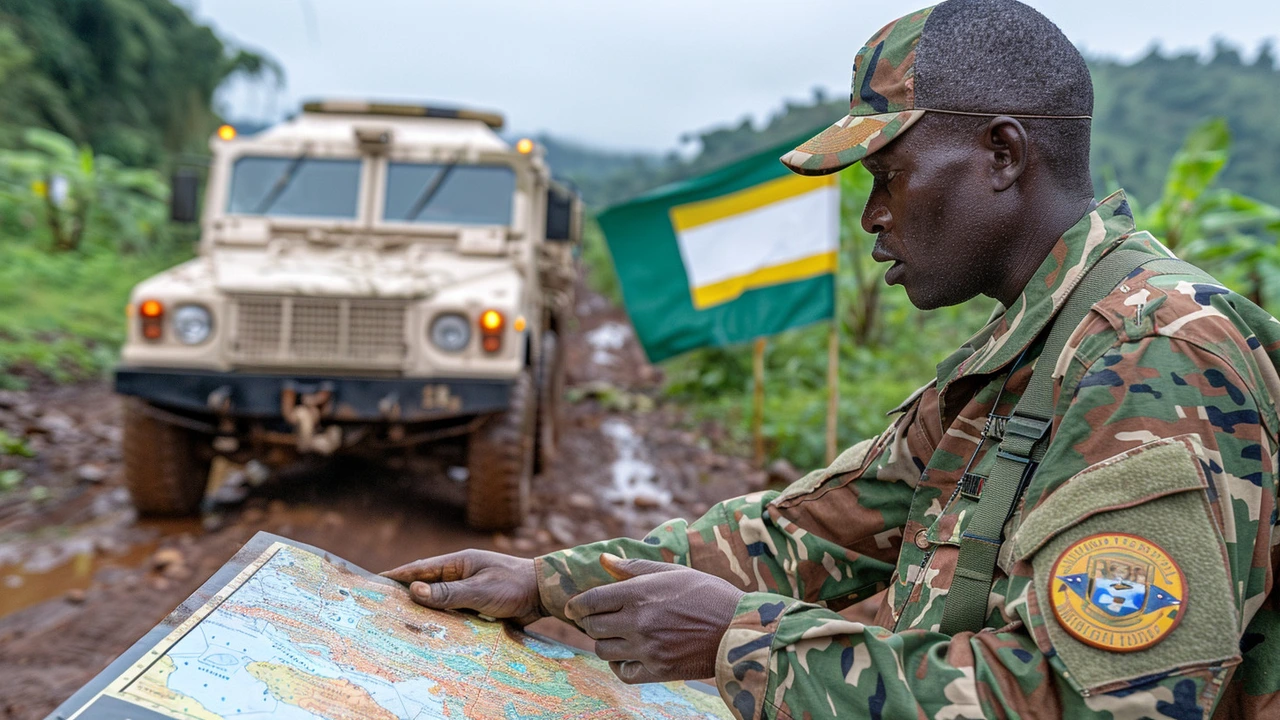Peacekeeping shows up where violence has broken down trust. You see soldiers in blue helmets, police trainers, and aid workers trying to hold fragile peace together. These missions protect civilians, support elections, help disarm combatants, and rebuild basic services so communities can start living normally again.
Most global peacekeeping missions are run by the United Nations, but regional groups and coalitions also play big roles. A UN mission gets a mandate from the Security Council that says what it can and can’t do. That mandate determines if peacekeepers can use force to protect civilians, help police, or only observe and report.
On the ground, teams mix military units, police advisers, and civilian experts. Troops create safe areas and patrol hotspots. Police trainers help rebuild local law enforcement. Civilian staff work on justice, elections, and rebuilding schools and clinics. That combination matters: security without governance rarely lasts, and rebuilding services without security is unsafe.
Real results come from clear goals and local support. In Sierra Leone in the early 2000s, UN peacekeepers helped disarm fighters and supported elections, which helped the country move away from conflict. Those gains came when the mission coordinated with local leaders and international donors.
Peacekeeping faces three common problems: unclear mandates, limited resources, and local politics. A weak mandate ties hands—peacekeepers can’t protect civilians if they aren’t authorized to act. Budgets matter: missions with too few troops or equipment can’t control violence. And local politics can undercut efforts if parties don’t want peace or if outside actors push different agendas.
Another painful reality: peacekeepers sometimes fail. Failures often teach the clearest lessons — about when to use force, how to engage communities, and how to coordinate humanitarian work. Better training, clearer rules of engagement, and stronger accountability have improved many missions, but problems persist.
Technology helps, too. Drones, better communication systems, and real-time maps let missions spot threats earlier. Still, tech can’t replace local knowledge. The best results combine new tools with trusted local partnerships.
Want to follow or help? Read mission reports on the UN website, follow local NGOs working in conflict areas, and support charities that assist civilians and returning refugees. If you care about policy, ask your representatives about peacekeeping funding and rules of engagement. Small actions add up.
Peacekeeping won’t erase all conflict, but when it’s done right it reduces violence, protects civilians, and creates space for politics to heal wounds. Watch for clear mandates, local buy-in, and accountability—those are the signs a mission might actually make a difference.

This article takes an in-depth look at the intricate world of peacekeeping, dismantling common perceptions and shedding light on the reality behind these global efforts. It delves into the history, challenges, strategies, and the impact of peacekeeping missions around the world. Through a nuanced exploration, the piece aims to provide a comprehensive understanding of what it truly takes to maintain peace in conflict zones and the role of international organizations in these endeavors. The article is enriched with accurate facts, quotes from reputable sources, and useful insights, making it a must-read for anyone looking to grasp the complexities of peacekeeping.
